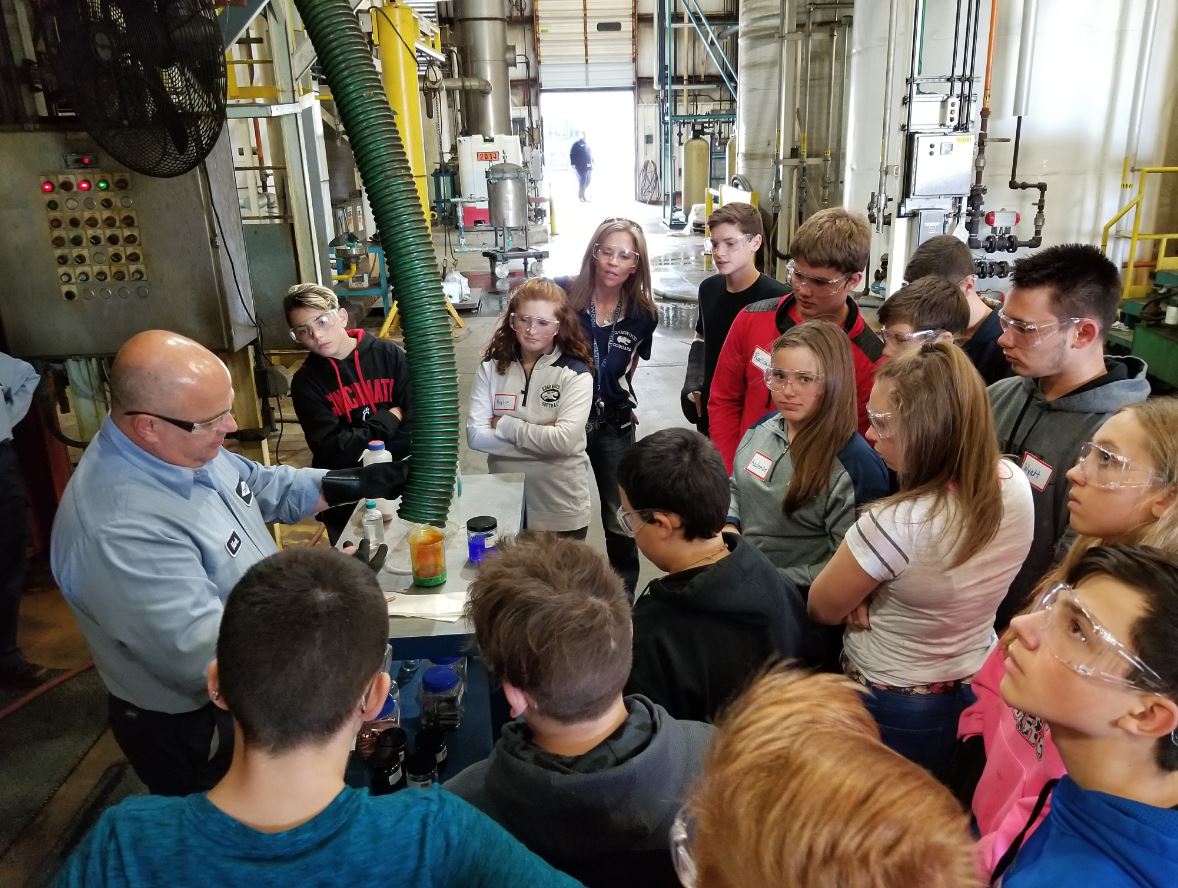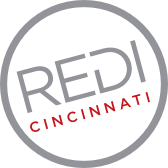Creating a Pipeline for Talent with the Middletown, Monroe, Trenton Chamber of Commerce

Q&A WITH REDI CINCINNATI’S TALENT DIRECTOR + REGIONAL TALENT PARTNER
REDI Cincinnati’s Talent Director, Adam Jones, had an opportunity to speak with Middletown, Monroe, Trenton Chamber of Commerce President and CEO, Rick Pearce, on how they are preparing a pipeline of talent by partnering with local schools and companies right here in the Cincinnati region. Take a look (and listen) as they speak to the Chamber’s past, present, and future and what they’re doing to build a talent pipeline for companies in their region.
- Can you tell us about the Middletown, Monroe, Trenton Chamber and share what makes this Chamber unique in the Cincinnati region?
- RP: Our chamber dates back to 1917, a magical year for Middletown. In 1917 the hospital was founded, the chamber was founded, and the YMCA was founded. We merged with the Middletown Civic Association after WWI and then in 1944, the Bureau of Commerce broke off and became their own organization. Today, we serve three cities – Middletown, Monroe, and Trenton. That merger was completed in the early ’90s.
- How has the Middletown, Monroe, Trenton Chamber partnered with REDI Cincinnati and other regional companies in the past?
- RP: When we first got started on our strategic plan in 2015, one of the issues we ran into was that our employers were having a hard time finding a qualified workforce. One of the first things we did was reach out to our wider network of partners like REDI Cincinnati. We knew early on that the talent pipeline was important work and we’ve continued to partner to build that talent pipeline here locally. Currently, we are working with industry partners like Advanced Manufacturing Industry Partnership (AMIP).
- At REDI Cincinnati we know how important it is to create a candidate pipeline for our region’s future workforce. I know you share the same interest. How did Manufacturing Month, Healthcare Month, and Finance Week come to be?
- RP: Accidently to be honest. When I first got the job in June 2013, it takes a while to figure out what you should be doing to best support the community. Luckily, I was sponsored and allowed to go to, “Chamber School” and meet with my peers. One of my instructors shared with me, “if you do not know what you are doing, ask your members they will tell you”. I started to ask our members, “what keeps you up at night”. They all said, “the workforce, I have trouble finding them and keeping them”. We started with manufacturing since a large portion of our membership is made up of manufacturing companies. We started to do our research and found out that Manufacturing Day is the first Friday in October. We partnered with schools, set up tours, and it was such a success, that I kept getting phone calls asking when we were going to do it again. We decided to make it Manufacturing Month and celebrate the entire month of October. This year (2020) posed a lot of problems because no one was coming in or out or going to school because of the pandemic. Luckily, we reached huge numbers (1,800 students) because we were able to set up virtual tours, etc. Schools were extremely helpful in this process. Not only have we done Manufacturing Month, but we have also started Healthcare Month in November, and Finance and Insurance Week in December.
- We love that you are getting kids exposed to jobs and industries at a young age. Can you tell us more about Pathways to Professions?
- RP: Pathways to Professions was a brainchild of trying to figure out how we could best close out the school year. As you know, The Chamber has a traditional year that starts in January and ends in December, then the school year starts in August and goes to May. Well once students get back from the holiday break, schools start to get them ready for standardized tests in March and April – during which they did not want students to participate in tours. We knew we could not close out the year without getting businesses back in front of the students. So, a few years ago, we instituted Pathways to Professions which we held at the local mall. We invited the schools out so that they could re-introduce themselves to the businesses they had met that fall. We worked with REDI Cincinnati to provide data on what job projections would look like in the next 5-10 years. Once we had that data, we cross-referenced it with our educational partners on what they were teaching against. Then we made graphs of that data showing the students the jobs that they were interested in, what the market would look like in the next 5-10 years, an average salary, and schools that they could attend to study for that profession. We gave that packet to students K-12, as well as the businesses so that they could all speak from the same data and content.
- Can you tell us more about how the businesses and school districts have bought into building the region’s future workforce?
- RP: Monroe and Madison adopted the idea right away. We asked schools what their programming currently looks like and how they are preparing students for both tracks – going to secondary school and going straight into the workforce. We want students to know that there are multiple options. With that conversation, we have been able to work with our educational partners on their strategic plans and curriculum for students. We are fully preparing a “future-ready” workforce that will support our region’s talent needs.
- How can additional businesses get involved in the Chamber’s workforce programs?
- RP: Give me a call at 513.422.4551 – if I do not answer the phone, ask for Rick. The more we learn, the more we may be able to help.
Take a listen to the full Q&A, below.
